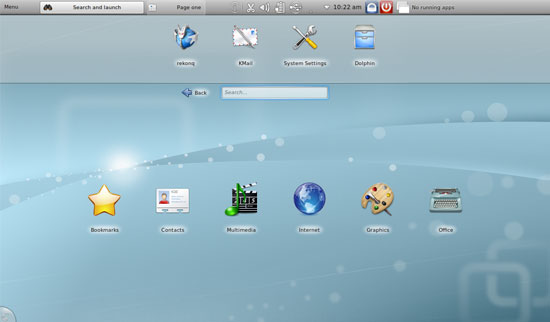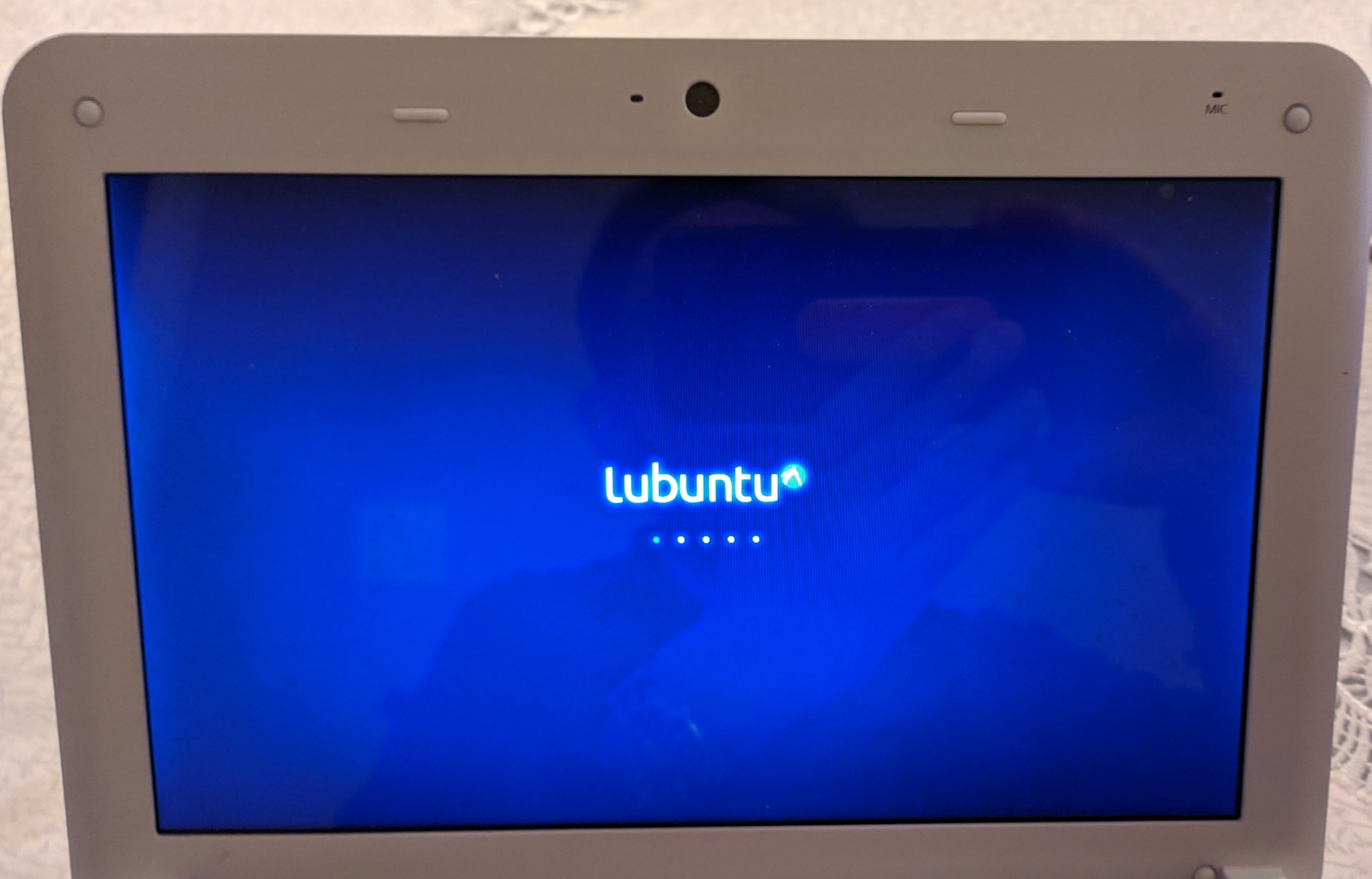
- #LIGHTWEIGHT LINUX DISTRO NETBOOK HOW TO#
- #LIGHTWEIGHT LINUX DISTRO NETBOOK UPDATE#
- #LIGHTWEIGHT LINUX DISTRO NETBOOK DOWNLOAD#
- #LIGHTWEIGHT LINUX DISTRO NETBOOK WINDOWS#
#LIGHTWEIGHT LINUX DISTRO NETBOOK HOW TO#
Manjaro, and thus Manjaro Netbook, is based off Arch, and shares is thus rather similar to said distro, the main difference being that Manjaro and its offspring focus on a much easier out-of-the-box experience, so you get a graphical and guided installer and don't have to have a secondary machine running and follow a wiki until you've learned how to install the thing.ĭisclaimer: I run Arch with Cinnamon on most of my machines, excepting one that has Debian (mentioned above) and another, at work, that runs Ubuntu just because I want to follow the developments there. I have tried to emulate this on a Debian installation with reasonable, though not complete, success (I probably just need to know where to look, as is usually the case).
#LIGHTWEIGHT LINUX DISTRO NETBOOK WINDOWS#
Though I have trimmed it down a bit to save space (and I'll need to clear the package cache folder every once in a while for the storage to not fill up entirely), my installation currently fits quite comfortably, taking up 2.1 GB and leaving me slightly less than 2 GB free.Īs for the custom config of Xfce, Manjaro Netbook by default tries to set all windows as full-screen without titlebars (which is great on such a low resolution and small screen), and succeeds with most of them (excepting application that creates larger windows than fits on the screen), showing just the window contents, dock/taskbar and a close-window button on said taskbar. I've had success with the Netbook release on a machine with 512 MB RAM, 4 GB storage, and a 800x480px 7-inch screen.
#LIGHTWEIGHT LINUX DISTRO NETBOOK UPDATE#
I would recommend Manjaro with the Xfce desktop environment, or even Manjaro Netbook which I think has a custom-setup Xfce by default (it's a bit slow on ISO releases, but as it's a rolling release, you'll soon be up and running with the latest versions, and you don't even have to run yaourt -Syua or sudo pacman -Syu as it has an update checker). If saving ram usage is an absolute priority you better install a window manager (like i3, awesome, blackbox, etc) on you currently installed ubuntu If you want a rolling distro you can try manjaro Lxde version so you will use manjaro and arch repositories and pacman as package manager You can also use debian and install Lxde there (and still have apt-get but with the debian repositories) Lxde is the most Lightweight mainstream desktop environment In my opinion the best choice for you is to install either Lxde in your current ubuntu or Lubuntu as you will maintain apt-get (or aptitude) and the ubuntu repositories. Here you can find memory usage of almost every window and desktop environment Unity (ubuntu) is more heavy than mate (on linux mint mate or ubuntu mate) or xfce (xubuntu)īut also mate or xfce or lxde are way more heavy than a window manager like i3 or awesomeĪnd you can get windows or desktop manager to work on ubuntu, so you can switch between them and you won't need to learn some new commands because the distro remain the same

I don't think that changing the distro is what you need.Īll depends on what desktop environment you're using So, any recommendations? Thanks for reading and in advance for any help :)

But seeing as there are quite a few Linux enthusiasts around here, I'm willing to hear you guys and probably save myself a lot of reading and testing. I'll edit my documents, play my music, watch my movies in the host machine, so I really don't need a full-blown distro.Īfter an initial bit of reading I'm going to try Mint (MATE, I think) and Puppy and see how much unneeded stuff they include.
#LIGHTWEIGHT LINUX DISTRO NETBOOK DOWNLOAD#
I only need Chrome to surf the web and download the occasional file to a host folder, that's it.

I've already tried Ubuntu 16.04 inside VirtualBox (inside OSX 10.9.5), installed and run Chrome, and it works well enough for me. My host machines run OSX (laptop) and Windows (desktop). At any rate, I'm still toying with the idea and I'm open to suggestions.

Also, although I've read about host keyloggers not capturing VM keystrokes, I still have the feeling that it's more difficult for malware to leak out of a VM than leak in from the host. I know people usually do it the other way round, but I prefer this approach because if things get dirty it's way easier to wipe the VM clean. I'm planning to start doing my regular web browsing inside a virtual machine and leave banking, shopping, etc, for the "outside real machine".


 0 kommentar(er)
0 kommentar(er)
